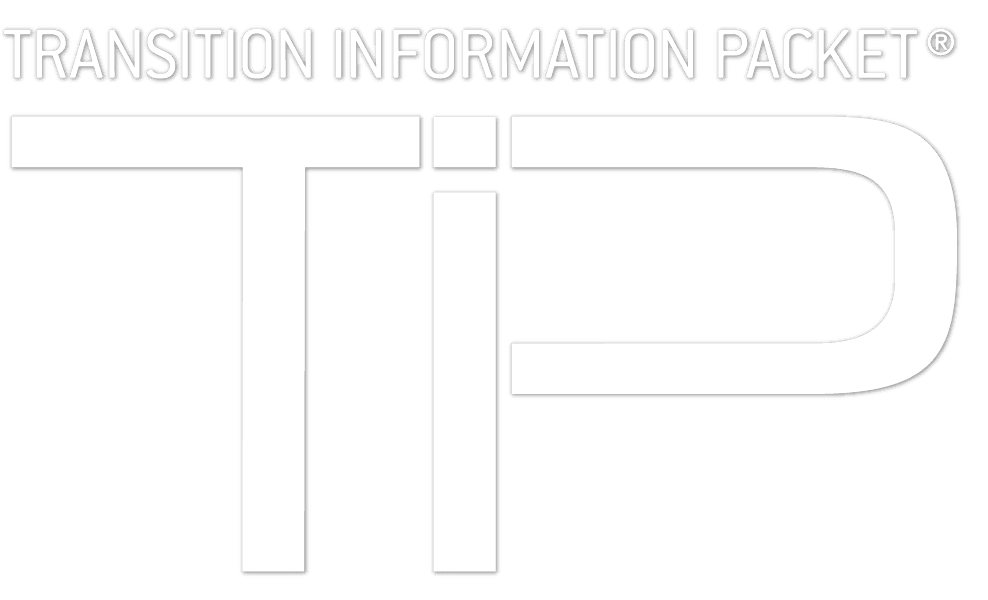Need to take a video call on the moon? Sure, why not! Maybe even check your email too. Earlier this year NASA granted Nokia a contract to build the first-ever 4G mobile network on the moon that will allow astronauts to carry out a number of activities including making voice and video calls in support of NASA’s Artemis program that plans to establish a “sustainable” human presence to the moon by 2028.
While the contract with Nokia is one piece of this effort, developing enabling communications technologies for small spacecraft beyond Low Earth Orbit (LEO) will be a complex task. In order for spacecraft to conduct NASA lunar and deep space distributed spacecraft science missions innovators are looking for ways to best construct the lunar communications architecture, potentially through the use of large and small satellite assets. These enabling technologies may include data relay from lunar surface to surface, data relay to Earth, and navigational aids to surface and orbiting users, and are essential to the success of human exploration missions.
In its coverage of space exploration technologies and markets, BCC Research and its network of partners indicate that the recent ramp-up by NASA as it revitalizes its commitment to the Moon, Mars and other planetary exploration is providing new and exciting opportunities for companies involved in optics, photonics, and other areas. The Global Deep Space Exploration and Technology Market is forecast to grow at a CAGR of 6.42% from 2020 to 2030 with North America expected to dominate the market with an estimated share of 62.45% in 2020. The global deep space exploration and technology market is becoming increasingly important due to efforts from the national space agencies and the subsequent rise in investment for deep space exploration missions. The development of new technologies and emergence of private entities in the space sector are some of the factors that may drive market growth.
Ground station equipment is one such enabling space communications area – BCC Research reports that the global space ground station equipment market forecasts that the market will grow at a CAGR of 4.32% by value and 3.81% by volume from 2019 to 2024. North America dominated the global space ground station equipment market. These ground stations are terrestrial radio stations designed to provide a connecting path for telecommunication of spacecraft with the end-user devices and are used on the earth surface to communicate with the satellites in real time using radio frequency waves. The ground station is made up of several components such as antenna system, telemetry, tracking and command (TT&C) equipment, control center, RF equipment, and gateways. In addition to the ground stations, there is customer equipment which communicates directly with satellites or through gateways of ground stations, which accounts for a large segment of the global space ground station equipment market.
While NASA already relies on commercial and university ground stations to provide 67 percent of communications and tracking for its Near-Earth Network, shifting even more to commercial communications services is expected to free up personnel and resources within NASA to focus on technology development and bolster the commercial space economy. Free-space optical (FSO) laser communications is seen as one of the enabling technologies for advancements in commercial space ground station communications and is already being explored by The University of Western Australia (UWA) and an industry partner. MarketsandMarkets reports that the overall FSO market is expected to grow from $402 million in 2020 to $1,977 million by 2025 at a CAGR of 37.5% during 2020–2025 with applications in a variety of vertical ranging from healthcare to aerospace and defense.
Other communications efforts include replacing the incumbent Space Network, which provides communications for more than 40 missions by leveraging commercial technologies and players to develop and deploy an interoperable network of networks that may operate like a terrestrial cellular model allowing user missions to roam between several providers. This effort is currently called the Communications Services Program out of the NASA Glenn Research Center where a briefing to industry was provided in mid-2020.













